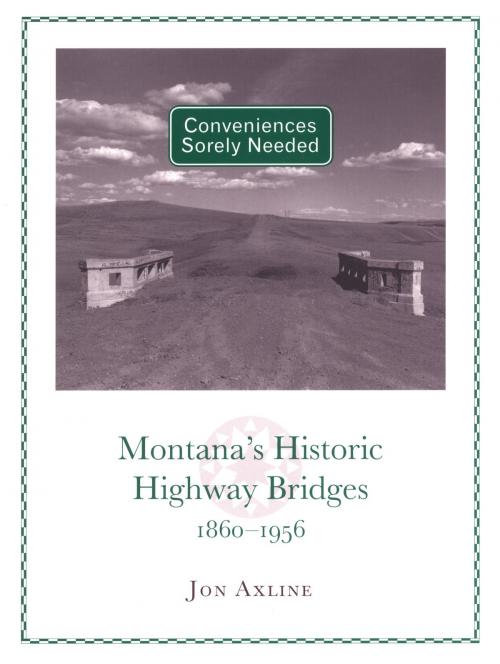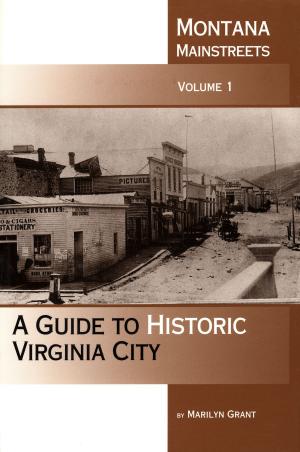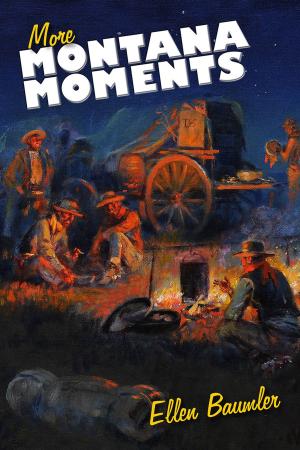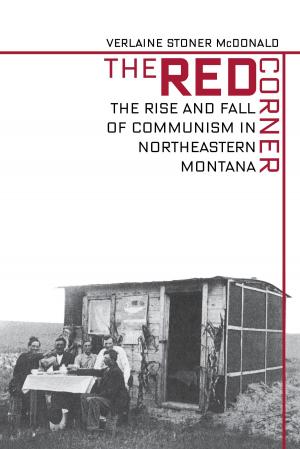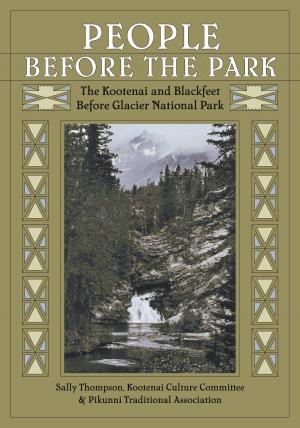Conveniences Sorely Needed
Montana’s Historic Highway Bridges, 1860–1956
Nonfiction, History, Americas, United States, State & Local| Author: | Jon Axline | ISBN: | 9781940527321 |
| Publisher: | Montana Historical Society Press | Publication: | October 29, 2013 |
| Imprint: | Language: | English |
| Author: | Jon Axline |
| ISBN: | 9781940527321 |
| Publisher: | Montana Historical Society Press |
| Publication: | October 29, 2013 |
| Imprint: | |
| Language: | English |
Old bridges do more than just span rivers. They provide important connections between the people who built them and those who came after. Many of these historic structures reflect the promotional spirit that fueled Montana’s growth. For the state’s earliest communities, a good bridge could mean the difference between prosperity and oblivion.
Bridges speak to the time in which they were built. They provide physical reminders of significant periods in American history—the Great Depression, for example, when bridge building flourished as the federal government looked for ways to put people to work. Some of Montana’s bridges are engineering marvels; some are beautiful. All afforded valuable service to their communities—facilitating the transportation of crops to market, enhancing tourism, and providing safe passage over the state’s treacherous waterways and busy rail lines.
Today, historic bridges are rapidly disappearing from the Montana landscape. Time and weather have taken their toll, as has traffic. Nineteenth- and early-twentieth-century bridge designers never intended their creations to handle the number of cars that now travel Montana’s roads—or the speed at which they usually travel. Yet as old bridges are demolished to make way for new ones, growing numbers of citizens have come to see the state’s remaining historic bridges as visible and underappreciated reflections of Montana’s past.
Transportation historian Jon Axline explores that past, illuminating the forces that built Montana’s historic bridges and the structures’ importance to the communities they served. And, while recognizing that not every bridge can be preserved, he ably conveys their significance as monuments to our collective history.
Old bridges do more than just span rivers. They provide important connections between the people who built them and those who came after. Many of these historic structures reflect the promotional spirit that fueled Montana’s growth. For the state’s earliest communities, a good bridge could mean the difference between prosperity and oblivion.
Bridges speak to the time in which they were built. They provide physical reminders of significant periods in American history—the Great Depression, for example, when bridge building flourished as the federal government looked for ways to put people to work. Some of Montana’s bridges are engineering marvels; some are beautiful. All afforded valuable service to their communities—facilitating the transportation of crops to market, enhancing tourism, and providing safe passage over the state’s treacherous waterways and busy rail lines.
Today, historic bridges are rapidly disappearing from the Montana landscape. Time and weather have taken their toll, as has traffic. Nineteenth- and early-twentieth-century bridge designers never intended their creations to handle the number of cars that now travel Montana’s roads—or the speed at which they usually travel. Yet as old bridges are demolished to make way for new ones, growing numbers of citizens have come to see the state’s remaining historic bridges as visible and underappreciated reflections of Montana’s past.
Transportation historian Jon Axline explores that past, illuminating the forces that built Montana’s historic bridges and the structures’ importance to the communities they served. And, while recognizing that not every bridge can be preserved, he ably conveys their significance as monuments to our collective history.
